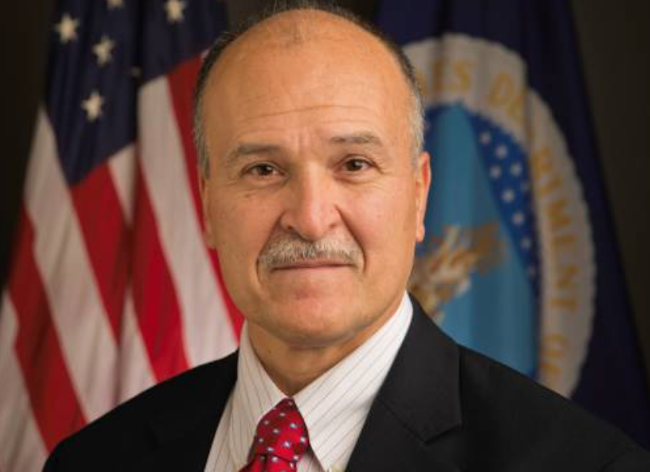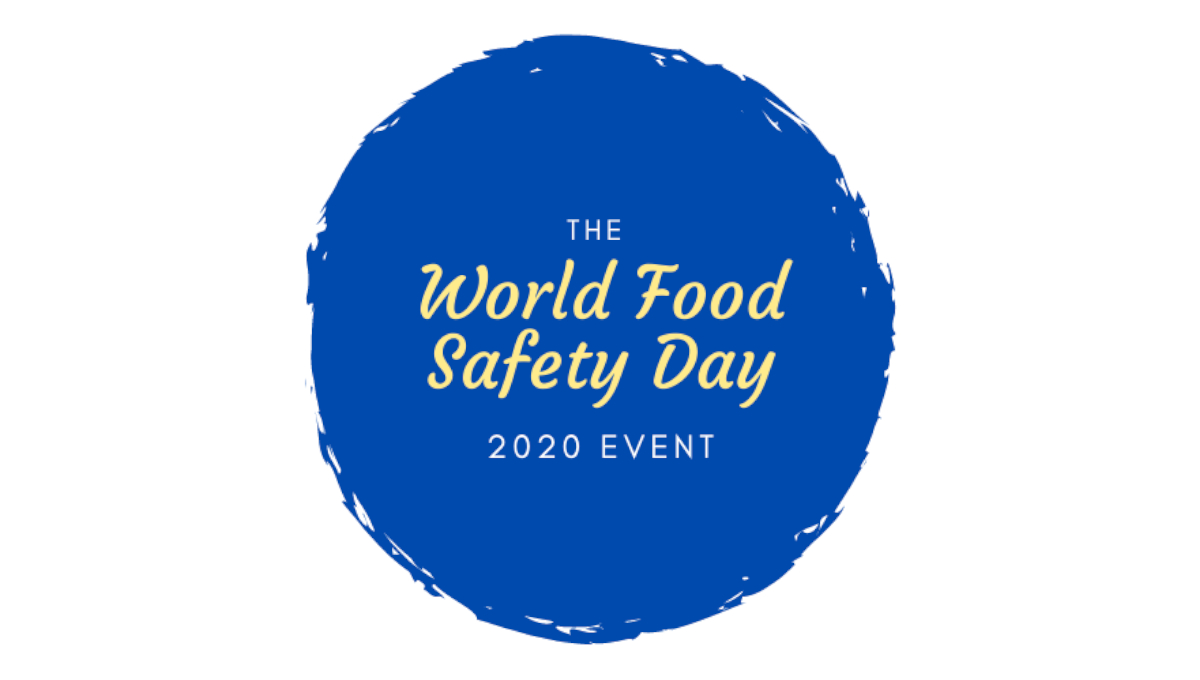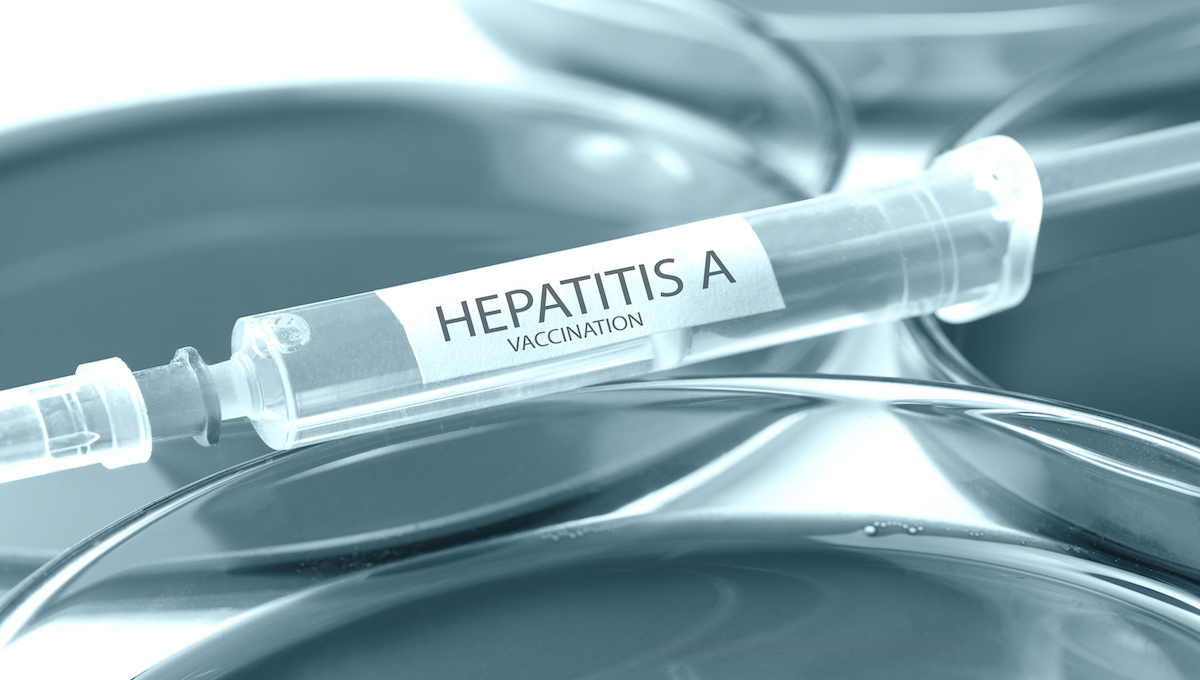McDonald’s is standing its ground after being sued Wednesday in California for marketing its Happy Meals to children.
The plaintiff in the class action lawsuit is Monet Parham, mother of two from Sacramento. She is represented by the Washington, D.C.-based Center for Science in the Public Interest (CSPI), which has been threatening such a lawsuit for months.
In the suit, McDonald’s is apparently not being accused of contributing to the Parham children’s obesity, but rather of having more control over them through Happy Meal marketing than the influence of their mother saying “no.”
“I object to the fact that McDonald’s is getting into my kids’ heads without my permission and actually changing what my kids want to eat,” Parham said in a news release.
Parham is the mother of Maya and Lauryn, ages 6 and 2, respectively. The girls do not appear to have a weight problem.
McDonald’s spokeswoman Bridget Coffing said of the lawsuit, “We are proud of our Happy Meals and intend to vigorously defend our brand, our reputation, and our food.”
CSPI has been threatening McDonald’s since June, but the 32,000-outlet chain, which has restaurants ini 117 countries, has refused to play.
Instead, McDonald’s CEO Jim Skinner wrote to Michael F. Jacobson, CSPI’s executive director, telling him: “CSPI is wrong in its assertions, and frivolous in its legal threats.”
Skinner said McDonald’s menu has more choice and variety than ever before. It also makes in-depth nutritional information available to parents.
In announcing the lawsuit, Jacobson said McDonald’s is still mostly in the business of selling “burgers or chicken nuggets, fries and sodas to very young children.”
“In other words,” Jacobson said, “McDonald’s offerings consist mostly of fatty meat, fatty cheese, French fries, white flour, and sugar—a narrow combination of foods that promote weight gain, obesity, diabetes, and heart diseases—and may lead to a lifetime of poor diets.”
Still, the lawsuit is apparently about whether McDonald’s “high tech” marketing is exploitive and strong enough to interfere with a family’s decisions.
“What kids see as a fun toy,” says Parham, “I now realize is a sophisticated, high-tech marketing scheme that was designed to put McDonald’s between me and my daughters.”
CSPI filed the lawsuit in California Superior Court in San Francisco, the only city in America that has essentially banned Happy Meals, setting nutritional standards for meals that use toys or other gimmicks to promote food for sale to children. Joining in representing Parham is Richard Baker of Baker Law, P.C. in Birmingham.

 Approximately 12 million of the 16 ounce Shrek Forever After 3D collectible drinking glasses which featured Shrek, Fiona, Puss n’ Boots, and Donkey characters, were sold at McDonald’s restaurants nationwide in May and June.
Approximately 12 million of the 16 ounce Shrek Forever After 3D collectible drinking glasses which featured Shrek, Fiona, Puss n’ Boots, and Donkey characters, were sold at McDonald’s restaurants nationwide in May and June.






